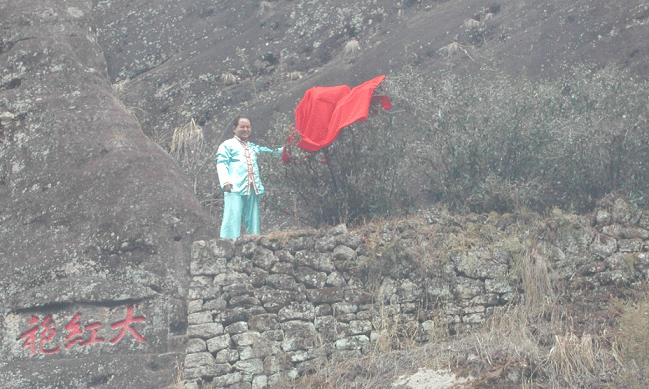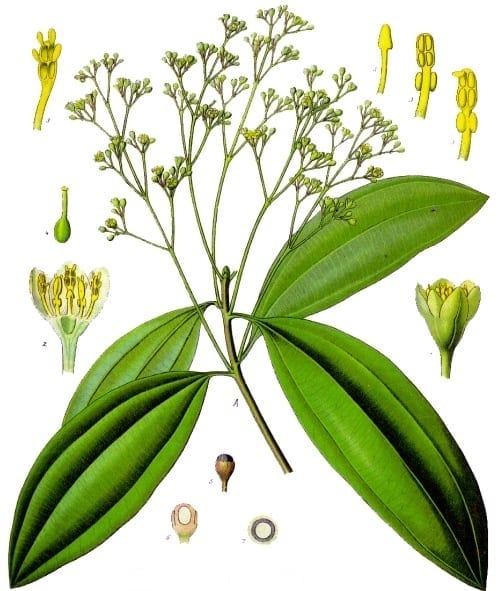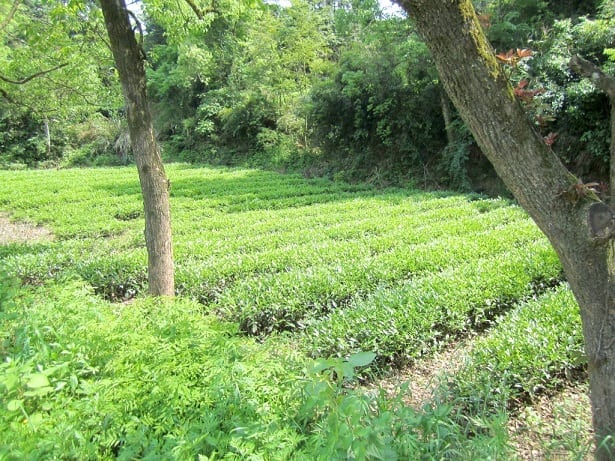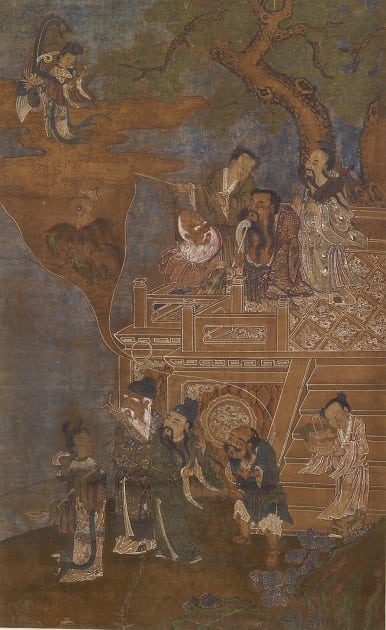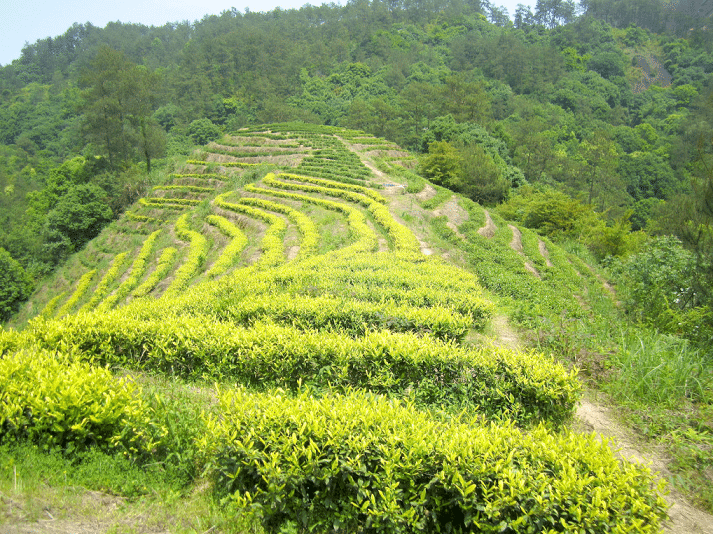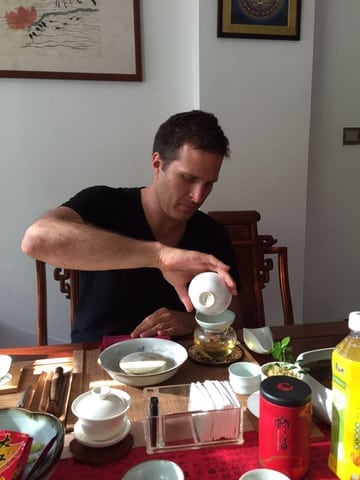Tie Guan Yin is one of the most interesting takes on oolong ever developed. Despite its ancient-sounding name—invoking the Bodhisattva of Compassion, Guan Yin— the “Iron Goddess of Mercy” only dates back to the 19th century. Hailing from Anxi county, in Fujian province, China, this complicated style of oolong originally began its life as a medium-roast, “strip leaf”-shaped incarnation; similar to Wuyi Mountain yanchas, or Phoenix Mountain Dan Congs—only nowhere near as dark. That changed around the turn of the 20th century when the processing techniques grew even more labyrinthine.
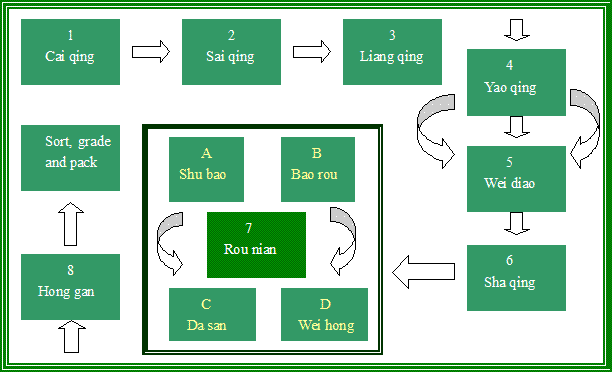
Image mooched from Wikipedia.
Contrary to popular belief, though, Tie Guan Yin didn’t start out as a processing style of oolong. Rather, the style was inspired by a slow-growing, low-yielding cultivar of the same name.

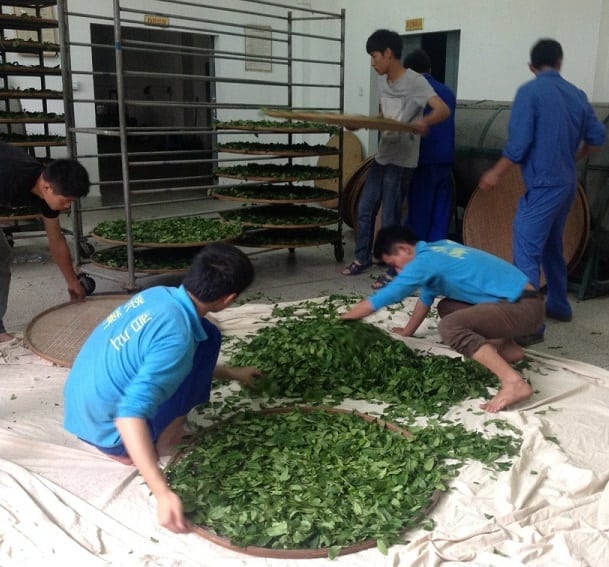

 Editor’s Note: This is merely a thought exercise by the author. The opinions reflected in the below narrative do not reflect the opinions of the teaware on staff . . . or this editor, for that matter.
Editor’s Note: This is merely a thought exercise by the author. The opinions reflected in the below narrative do not reflect the opinions of the teaware on staff . . . or this editor, for that matter. 